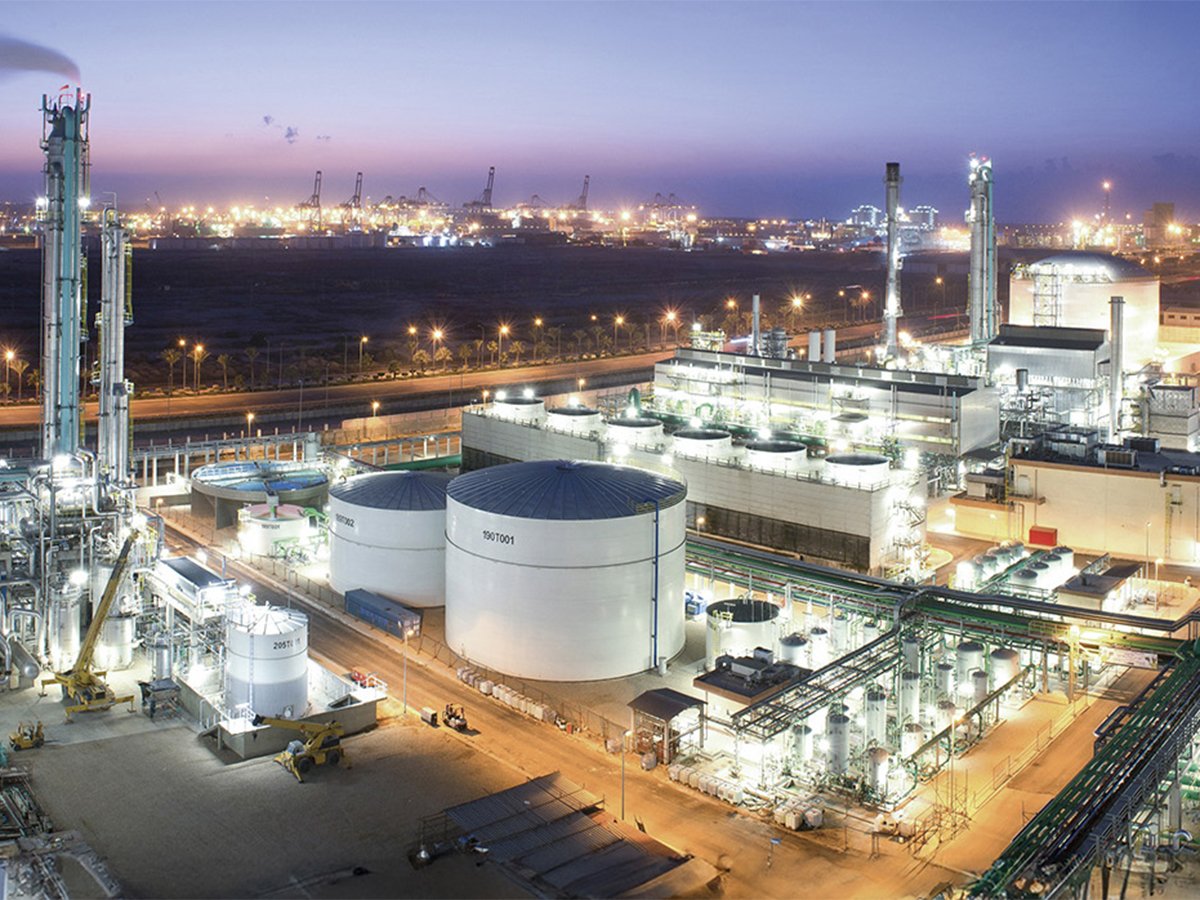Canadian pea exports to China are back on track now that a solution has been found to a residue issue that slowed trade during the summer.
China began testing peas for selenium in the spring of 2006, slowing imports to a trickle.
Selenium is a nonmetallic element that occurs naturally in the earth’s crust. It is necessary to human health, but in some places, including parts of China, the soil has high levels, which can make peas toxic if consumed in gross quantities.
Pulse Canada, representing pulse growers, processors and exporters, worked with Chinese authorities, including doing analysis that proved little selenium stays with the starch during processing, making the selenium level in the processed food safe.
Read Also

Genesis Fertilizers seeks government funding
Genesis Fertilizers is actively seeking funding from government and a strategic partner. The company dispelled a rumour that DL E&C has abandoned the project.
Normal trade resumed in September.
Exports to the Asian giant are on track to be a record, tapping into the demand for vermicelli noodles.
Zhang Baosheng, general manager of Cofco in Shandong province, a major China food importer and processor, told Pulse Days 2007 in Saskatoon that pea imports are climbing, from a little more than 122,000 tonnes in 1996 to more than 280,000 tonnes in 2006.
The Canadian share of that business has climbed from 41 percent in 1996 to 91 percent last year.
The Chinese buy mostly yellow peas but are also starting to take greens.
In northern provinces they are milled into flour that is processed into vermicelli noodles, which are like thin, translucent spaghetti. The peas are substituting for traditional domestically produced mung beans. Zhang said Chinese consumers like the bright, white noodles peas produce.
In southern provinces the peas are often found in sweet bean paste.
Some peas are also used in the pigeon feed market.
There is opportunity to increase pea sales to China because pulse acreage in that country is dropping. Key production areas were facing environmental pressure and a government policy encouraged shifting cultivated acres into forest and grazing land.
Also, the range of food types that can contain pea starch is growing, as is China’s population, already the largest in the world.
The feed market also holds enormous potential if peas are priced right, Zhang said.
The size of the Chinese livestock population is staggering, and the country also leads the world in pork and chicken production. There are about 500 million hogs, 34 times more than in Canada.
There are 142 million cattle, 9.5 times more than Canada. China produces 10.35 million tonnes of chicken, 10 times more than Canada.














